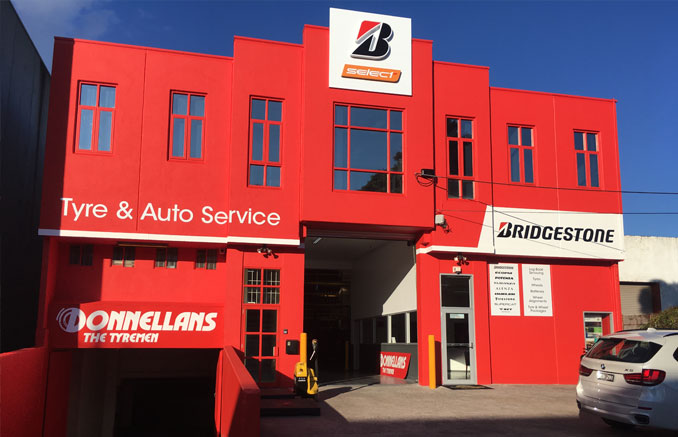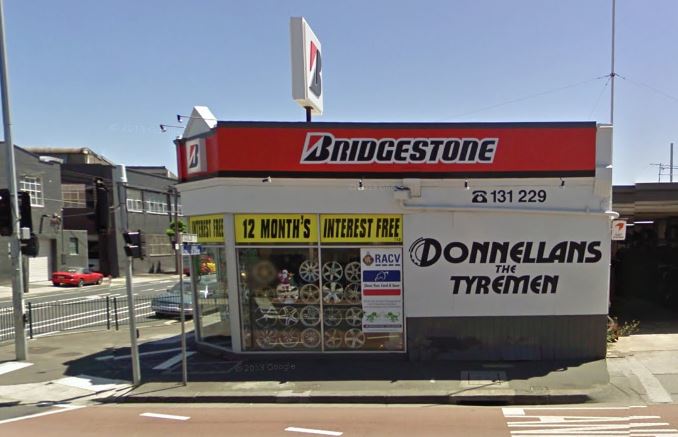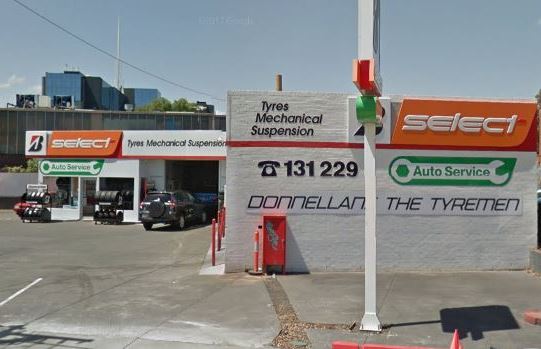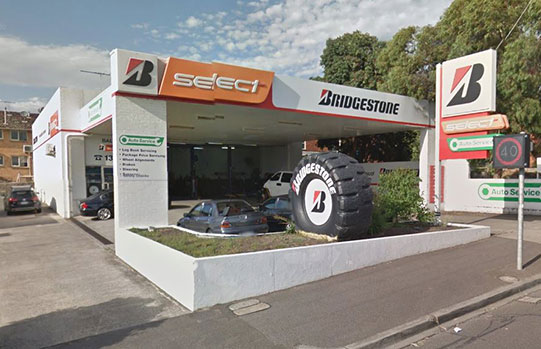Back to Latest News
What are run-flat tyres?
Typical modern tyres rely on internal air pressure to keep their shape. All of the handling and longevity benefits from your tyres are only applicable within a relatively narrow air pressure window. Outside of this window, vehicle handling can suffer, emergency braking might be compromised and the ability to steer can be significantly altered.
Run Flat Tyres, as well as Run Flat Systems, are designed to maintain a reasonable level of handling, performance and durability even whilst the tyre carcass is punctured.
Bridgestone rates that the majority of their run-flat tyres can handle 80 kilometres of driving at a maximum of 80 km/h in emergency conditions.
History of run-flat tyres
The idea of a run-flat tyre (RFT) was around when the first pneumatic tyres became mainstream, however, advancements in material design and manufacturing processes didn’t make run-flats a commercial success initially.
In 1934, Michelin bought a specialised tyre and wheel combination that would run on an internal foam lining, supporting the vehicle’s weight and this is still a way that many modern designs of run-flat tyres work in heavy industry and commercial applications.
The self supporting run flat tyre that is seen most commonly on passenger and performance vehicles today began in 1935 as a tyre with a reinforced fabric lining designed to maintain the shape of the tyre at lower air pressures.
What types of run-flat tyres are there?
The goal of a tyre that continues to work without air pressure has been met in a few different ways. The most common is the self-supporting style run-flat.
Self-supporting
Self-supporting run-flat tyres are by far the most common type to see on the road. In a self-supporting RFT, the tyre sidewalls are made with extra reinforcement, meaning the sidewalls are strong enough to support the vehicle weight without damaging the car wheel.

The downsides of this design are that, due to the stiffer sidewalls, self-supporting run-flat tyres often have a stiffer ride quality and exhibit higher road noise.
Self-sealing
Self-sealing tyres, while not technically run ‘flat’ tyres, are designed with an inner compound that can coagulate and seal up small holes caused by small objects puncturing the wheel.
This compound has little effect on large holes and gashes that other types of run-flat tyres may cope with.
There are also third party products available from auto parts stores that replicate this behaviour. Tyres filled with aftermarket self-sealing compounds are often not repairable due to the product preventing a repair from permanently bonding with the original tyre material.
Auxiliary-supported
This style of run flat tyre has a kind of insert, whether it’s foam filled, a plastic ring that circles the wheel or another means that the weight of the vehicle rides on when the tyre is flat.
This style of run-flat tyre is relatively uncommon, mostly being used in industrial equipment, armoured vehicles and military applications due to added weight and complexity when it comes to fitting new tyres.
Are run flats repairable?
https://www.bridgestonetire.com/customer-care/faq#RFTS
The short answer is yes, however, any tyre that has been driven on whilst flat must be removed from the wheel and fully inspected to ensure the tyre is not damaged.
Due to the stiffer sidewall design, a tyre running on low air pressure might be difficult to recognise while driving, which is why all vehicles that are factory fitted with run flat tyres come equipped with Tyre Pressure Monitoring Systems (TPMS). If you ever see the TPMS light come on in your vehicle, book into your nearest Donnellans as soon as possible for a complete tyre inspection.
Any tyre that is mistreated can be damaged beyond repair, but if you treat your run flat tyres with a bit of care once they encounter an issue, most can be repaired with a permanent solution that will outlast the remainder of the tyre’s expected lifespan.
Bridgestone run flats
Run flat technology is available on several tyres in the Bridgestone catalogue. Depending on what type of vehicle you have, and the type of driving you frequently do, will dictate the patterns you aim for. The logo below is shown on all Run Flat Tyres made by Bridgestone.

Potenza
If you’re into performance driving, or have a sports vehicle, the S001, Potenza RE050 and RE050A tyres are available in run flat options.
Turanza
For larger luxury vehicles and tourers, the Turanza series offers run flat options to suit SUVs and high end sedans looking for an option suitable for road use.
Dueler
Due to the nature of off-road use and manually adjusting tyre pressures for maximum grip across differing terrains, finding Mud Terrain and All Terrain tyres with run flat technology is a misnomer.
Bridgestone offers run flat fitments in two of its’ Dueler series of tyres designed for Highway use.
Contact us today
Having a vehicle equipped with run-flat tyres does not replace the need to periodically check your tyre air pressures. This can be easily done at your local fuel station or any of our workshops.
Donnellan’s The Tyreman are your local Bridgestone specialists in the South-East Great Melbourne region. We have 5 workshops in convenient locations where we can take on your tyre, wheel and mechanical needs.
Contact us today!







